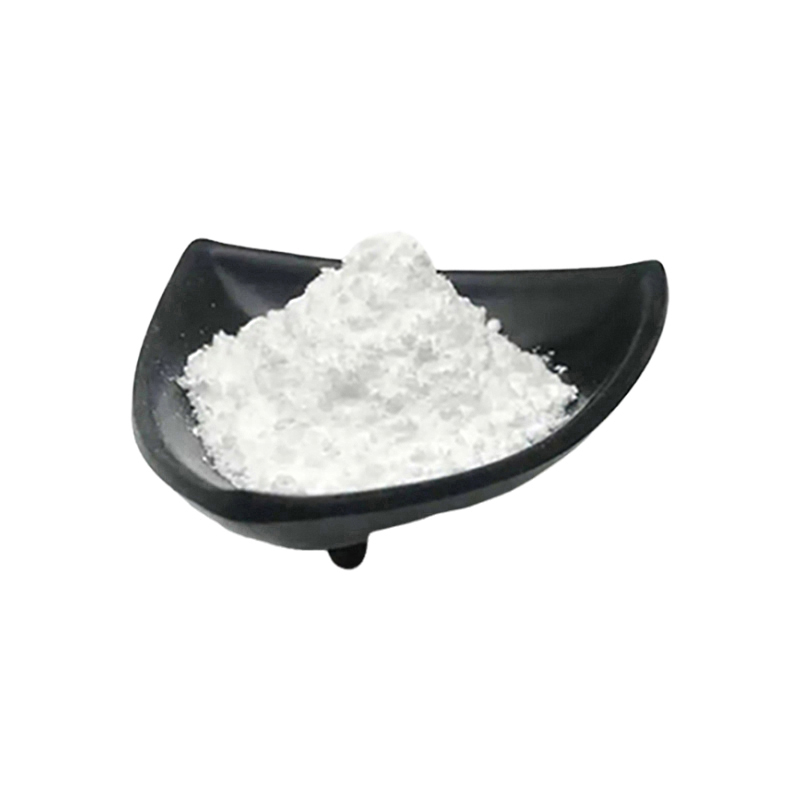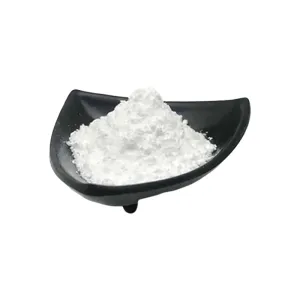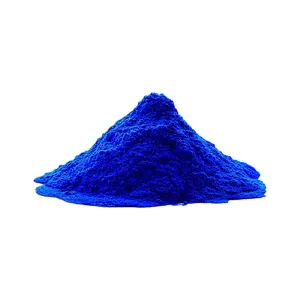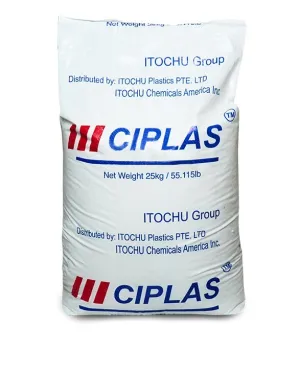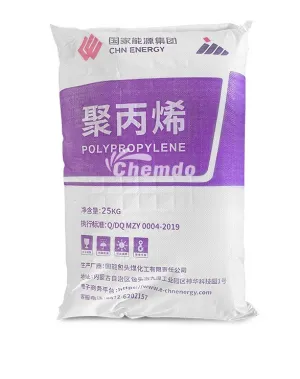HCL Prices Stabilize in Europe in April 2024 after Previous Month’s Bull Run
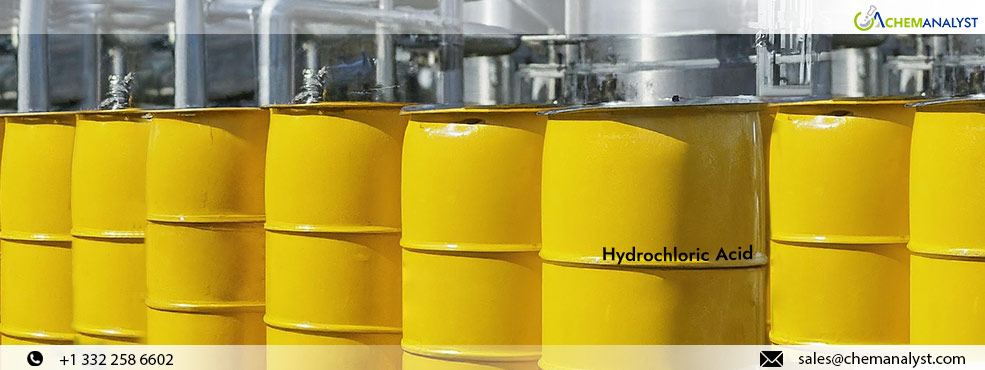
In early April, Hydrochloric Acid (HCl) prices in the European market stabilized after a period of narrow fluctuations. However, the previous month saw robust HCl prices, increasing approximately 10% on a month-on-month basis. This significant increase was propelled by elevated feedstock prices and production costs.
March 2024 witnessed a notable surge in HCl upstream caustic soda prices, rising by about 14% in the German market due to increased raw material and logistics expenses. Correspondingly, HCl prices surged by approximately 10% domestically. Various factors, including anticipations of future demand and geopolitical uncertainties, alongside concerns of high inflation, contributed to this hike. The upward trajectory of HCl prices was further bolstered by concurrent increases in HCl upstream caustic soda prices, which rose by 1.6%, thereby elevating production costs.
However, the caustic soda production and the inventory remained ample during recent times. As per the EuroChlor, a prominent European HCl producer, indicates a surge in European chlorine production in February. With 24,399 tonnes, February 2024’s average daily production was 9.2% higher than the previous month and 11.6% higher than February 2023. However, caustic soda stocks in February 2024 were 12.2% higher than the previous month but 61,722 tonnes below the level of February 2023. Consequently, controlled production of Caustic Soda also affected the availability of HCl in the market.
The downstream market for HCl responded sluggishly during March 2024, marked by diminished demand in the steel sector. In March 2024, steel rebar prices decreased by around 1% in the European market due to limited demand growth amid weak construction activity in the European Union and rising interest rates in the United States, negatively impacting domestic steel consumption. Furthermore, as per the Q4 and annual report of ArcelorMittal, a major steel manufacturer based in Dunkirk, France, released in February 2024, signaling early signs of improvement within the industry landscape. The company forecasted a 3-4% increase in global steel demand, following a 1.5% reduction in steel production in 2023 compared to 2022, totaling 58.1 million tons.
However, opposite to the current trend, BASF, a leading Caustic Soda producer in Germany, reported in February 2024 that the BASF is responding to economic challenges by introducing cost-reduction initiatives. Specifically, BASF aims to cut an additional 1 billion euros ($1.1 billion) in annual expenses at its Ludwigshafen headquarters in response to subdued demand and heightened energy costs within the local German market. The economic downturn in Germany is influencing volumes, particularly in its specialty chemicals sector and upstream activities, including Caustic Soda, impacting BASF’s overall business operations.
Conclusively, according to analyst’s anticipations, European HCl prices are likely to experience a slight softening in April following the current stable trend, attributed to easing pressures from the upstream sector alongside improved demand from downstream segments.
Recommended Suppliers
 September 23, 2024
September 23, 2024  June 3, 2024
June 3, 2024  June 3, 2024
June 3, 2024  June 17, 2024
June 17, 2024  June 18, 2024
June 18, 2024 
